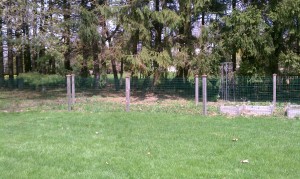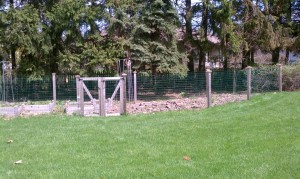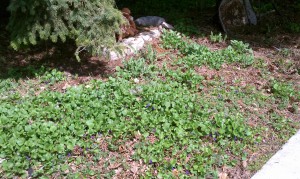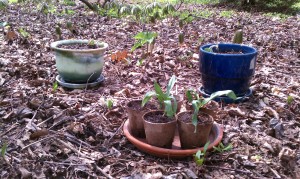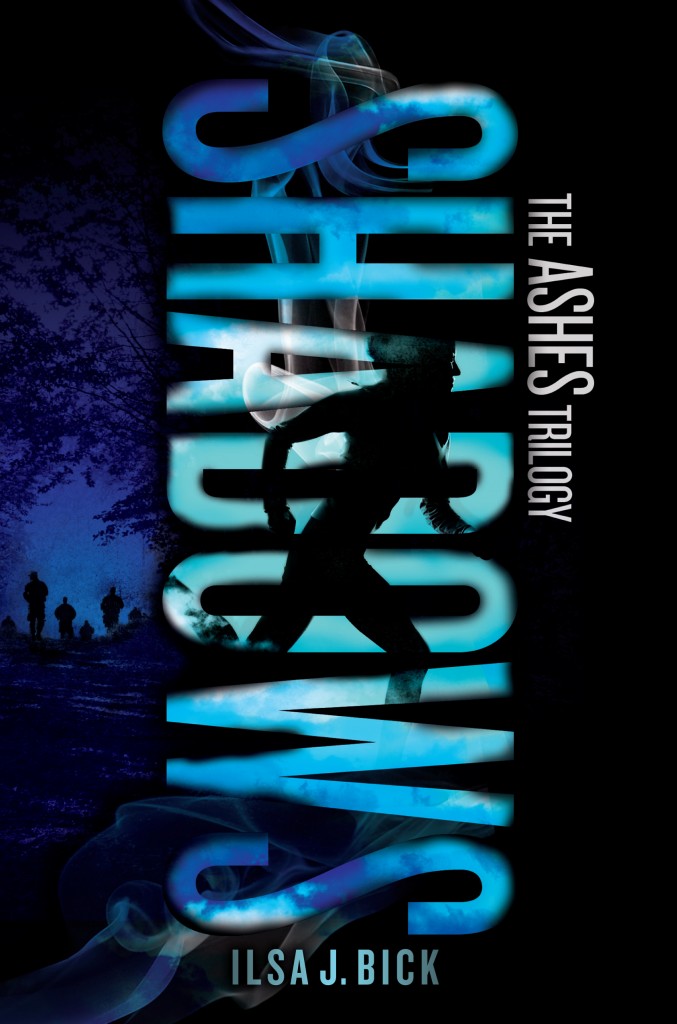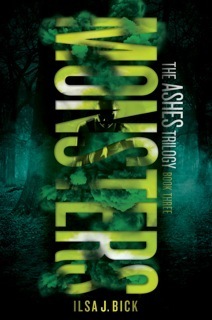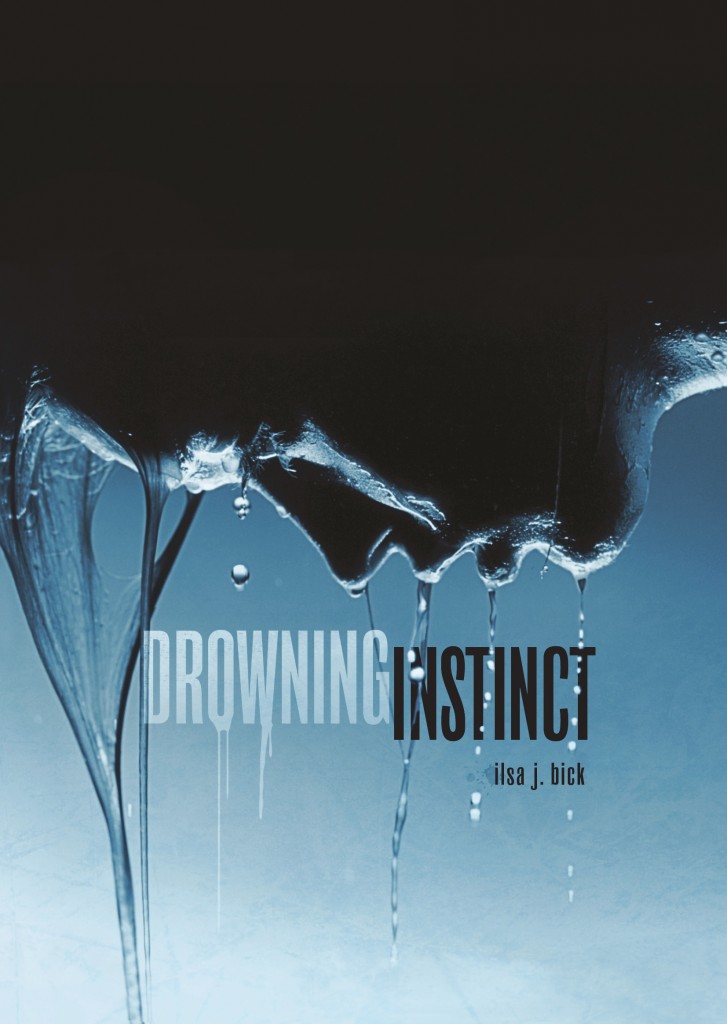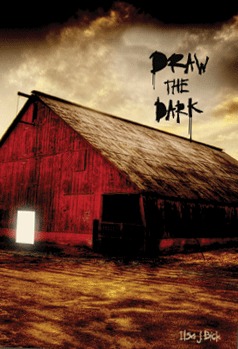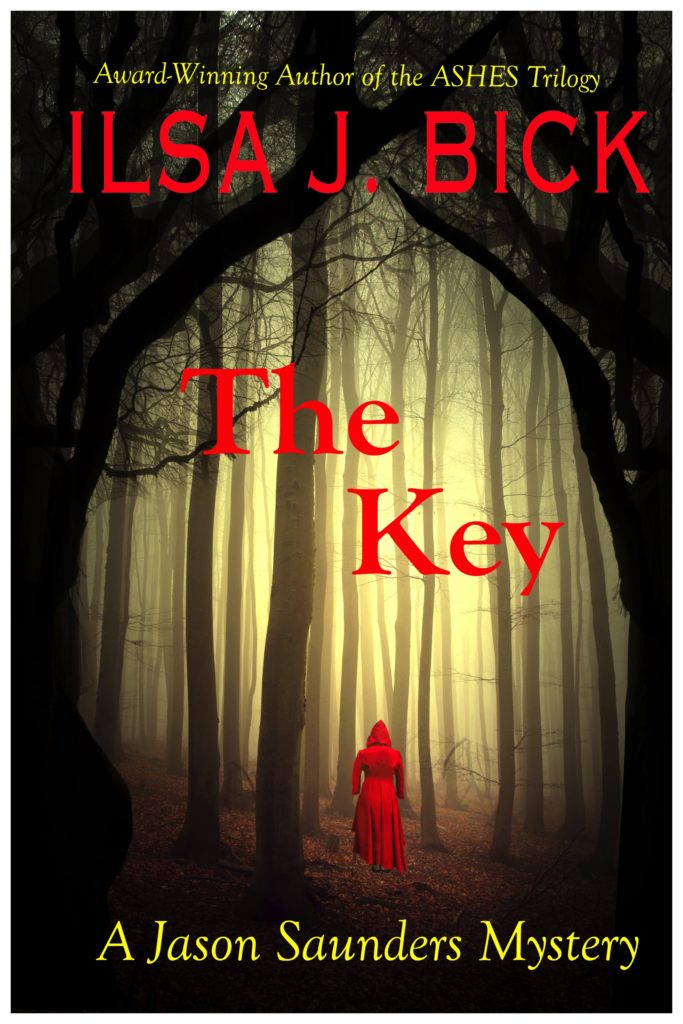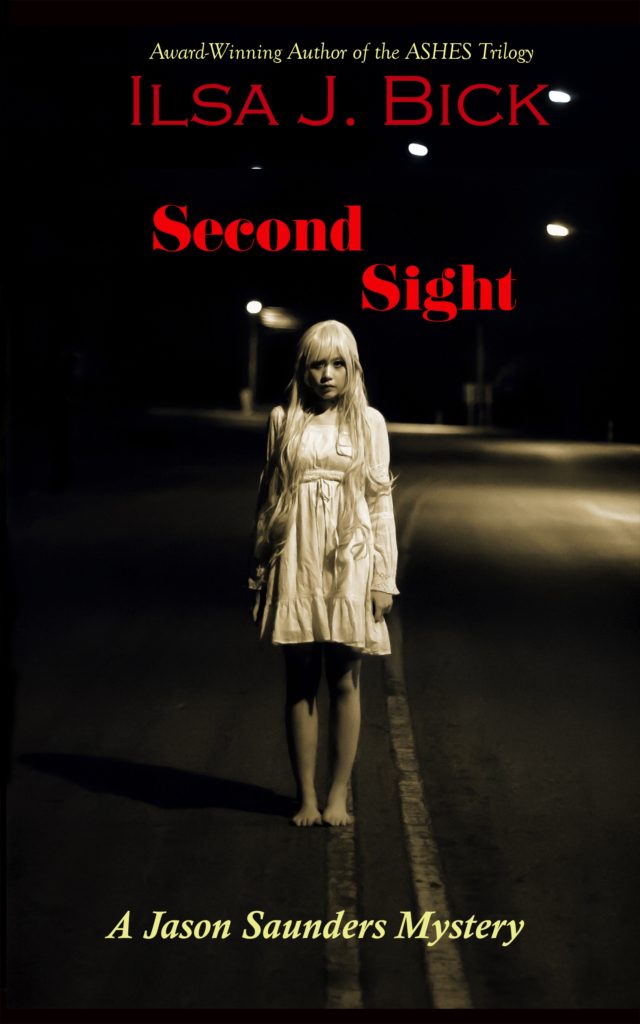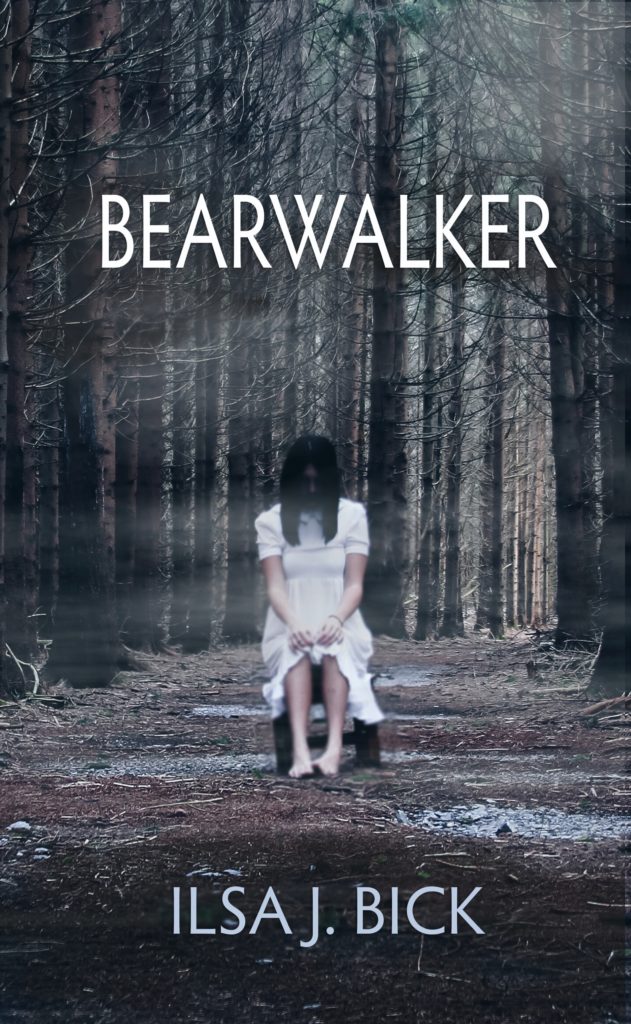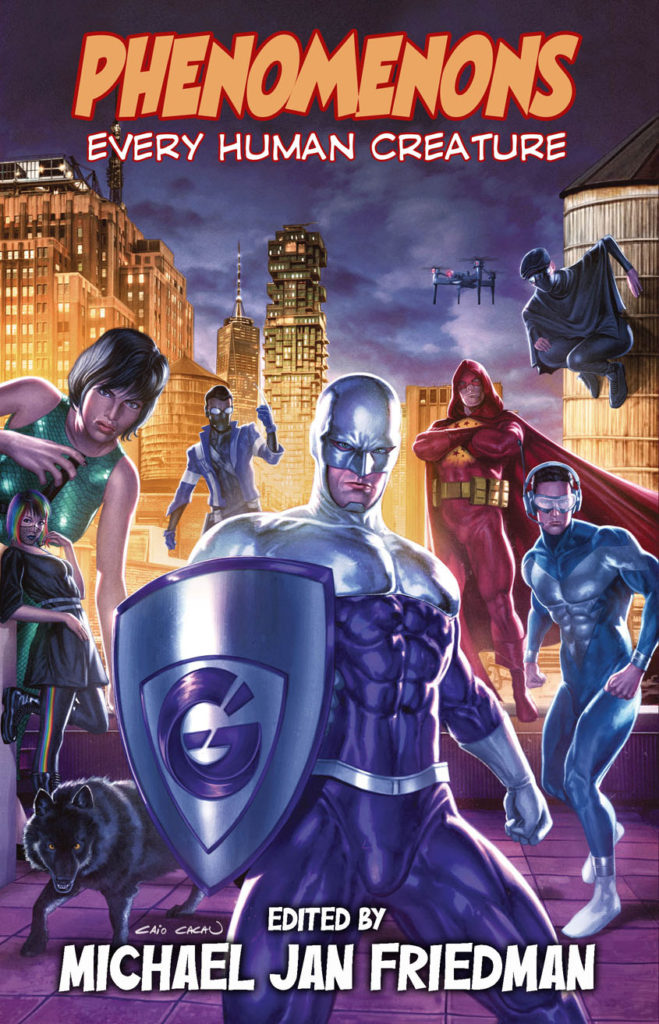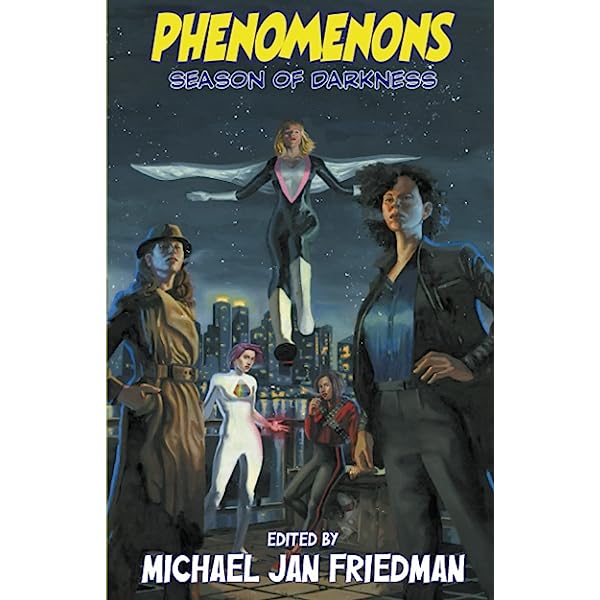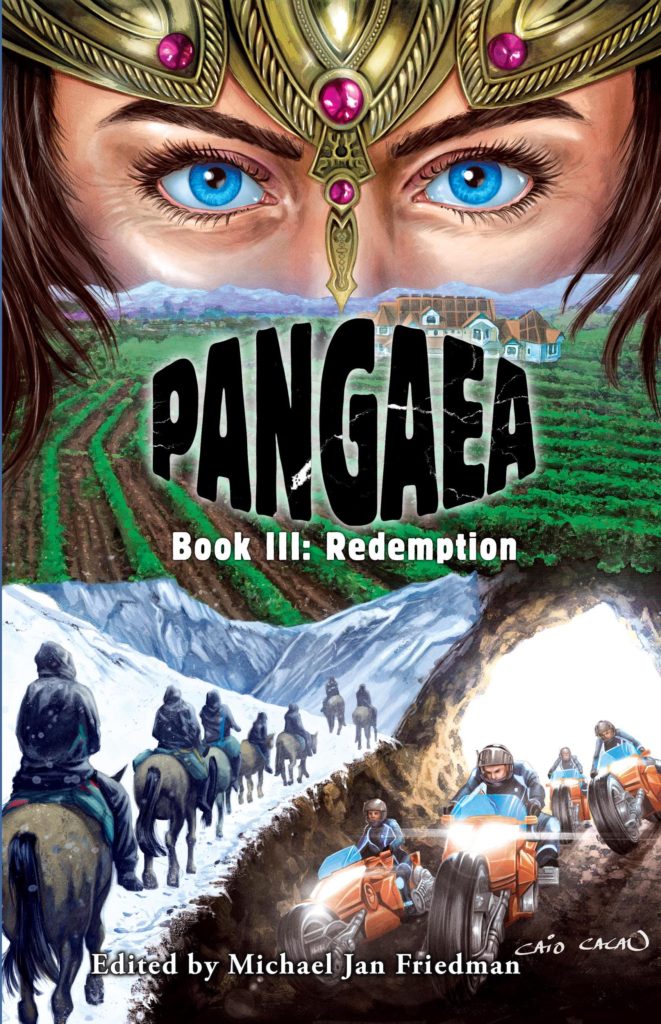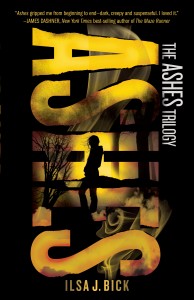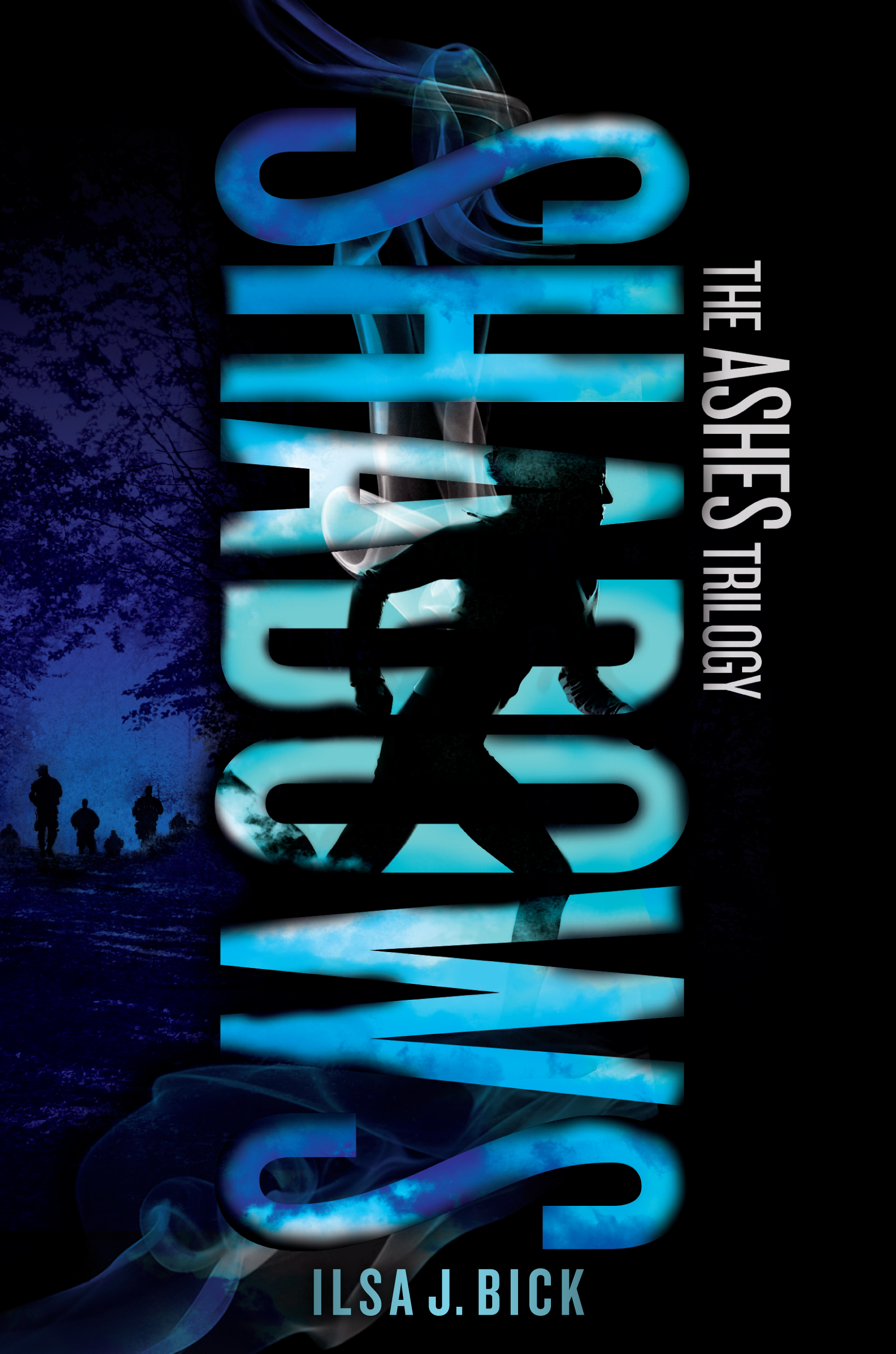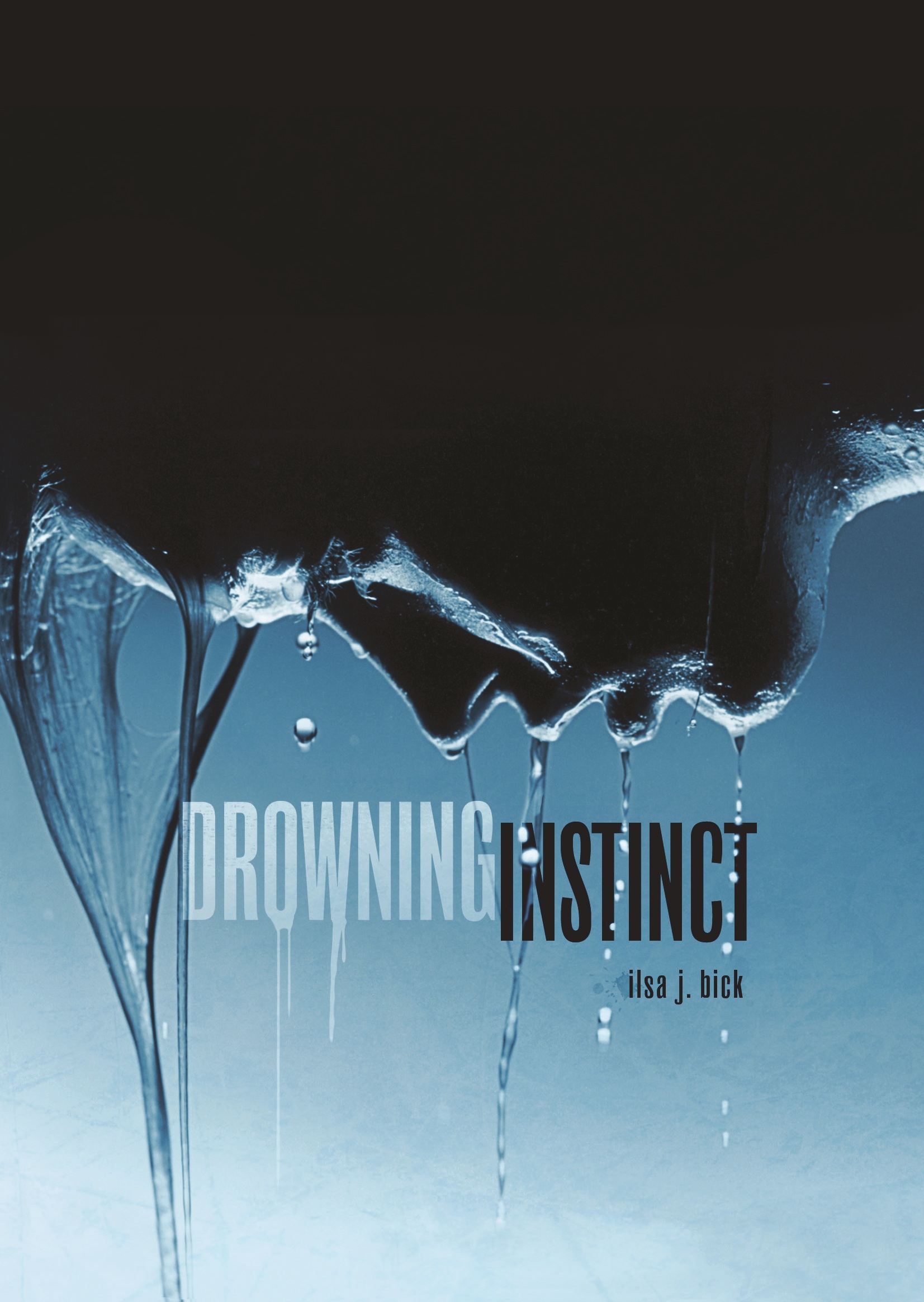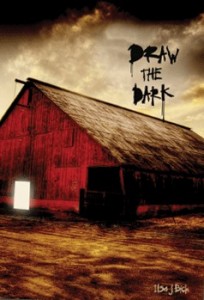It’s been a long winter, not necessarily so VERY cold and snowy, although we had plenty of both, but one that seemed to go on and on. Despite one very bizarre day when we topped 80 (!), spring is still inching toward being. If we hit 60, we’re lucky and night-time temps remain in the 30s and low 40s. The plants are behind. The birds are completely kerfuffled. Ah, the joys of global warming in action . . . Mind you, I’m not complaining about the continued cool. The weather will turn quickly enough and everyone will be moaning about WHY is it so HOT and WHEN will it coold DOWN and on and on. People are never satisfied.
But that doesn’t mean I haven’t had just a few moments of going a tad stir-crazy in my little glass box, my fond nickname for the office in which I do most of my work. It’s not completely glassed-in, but I’ve got a couple nice windows that look out on the front yard where I can keep an eye on the finches, the hawks, the turkeys as they dive-bomb the driveway on their way to the backyard. Is it the BEST view? No. That would be the back, but my husband’s claimed that. Every now and again, I sneak up when he’s not around, but pretty much I stick to my downstairs work-room because . . . it’s where I work.
Recently, I’ve been feeling crazed with the local grocery store, too. If that makes sense. I mean, I’m just so BORED with all the usual suspects. Maybe that’s because I like gardening and, right now, how my garden grows is . . . not so well.
Now, there is NOTHING like freshly grown vegetables. Guys, the broccoli you buy in the store? So bland. REAL broccoli and broccolini out of the garden has SO MUCH flavor. Same with turnips, beets, green beans . . . well, I could go on and on.
So I had cabin fever. I had food fatigue. Hell, call it I-gotta-get-away-from-the-computer-and-recharge. (Not an easy task: I like my work and when I’m in a frothing lather over a book–when I’m not looking for an excuse to run and hide from the mess I MUST be making of a story–I can’t tear myself away. Well, let me rephrase: I don’t want to.) But everyone needs time to recharge, and I’m no exception. So I made sure I would HAVE to leave by signing up for a class, which is the real point of this entry.
So, yesterday, I broke out. I wandered into the woods for nuts and berries, so to speak. See, there’s this wonderful woman nearby, Linda Conroy, who–along with her partner, John–holds all kinds of classes and seminars and workshops in Wise Woman skills: medicinal plants, edible plants, simple living skills, the works. I’ve taken classes with Linda before (autumn foraging, book-binding) and, honestly, tramping through the woods and foraging for my evening salad seemed like a chance to have fun with a purpose. (Thank you, Highlights.)
Some shrink-researcher once taught me that you retain 30% of what you see, 30% of what you hear, and about 66% of what you see and hear. I’d add that you retain about 90% of what you see, touch and taste. This, I know, is true. From my fall foraging expeditions and classes, the plants I saw, gathered and ate are the ones I remember the best: nanny berries, wild grapes, autumn olives, Japanese lanterns, burdock being my faves (there is NOTHING LIKE a good burdock pickle–and for those of you heading out to Japanese specialty markets, that’s gobo to you). Drove my husband a little batty when I went out to the front yard and peeled back Japanese lanterns (a decorative perennial) for those slightly sour, very juicy orange fruits which are fabulous in salads. Or when we’d be tramping along and I’d spotted a nanny berry bush and start stripping off handfuls . . . )
So, yesterday, I spent the whole day with John and Linda and five other students traipsing through the woods. The weather cooperated; the day was gorgeous; the company was fabulous, and I added a bunch of new plants to my repertoire. In fact, I made a list (stupidly, I did not take pictures, but Linda made the point that it’s better to become familiar with one plant, in all its stages, at a time). But here’s a list of the plants I learned about:
wild carrot
motherwort
cleaver
stinging nettle
multiflora rose
wild raisin
wild currant
curly dock
wild parsnip
wild plantain
wild raspberry
wild bergamot (no, not the citrus in Earl Gray tea; this is Monarda fistulosa, or wild bee balm)
fireweed
dandelion (Okay, okay, I knew this one already, but I never really appreciated that little sucker and the fall leaves are just way too bitter for good eating.)
wild ginger
downy wood mint
blue and black cohosh
blood root
hepatica
water marigold
wild watercress
Japanese knotweed
garlic mustard
wild leek
wild ginger
violet (Knew these, too, and from my childhood. They’re featured in My Side of the Mountain, the book that was my introduction to survivalism and one I read I don’t know how many times. Still one of those YA classics of that ilk, right up there with Hatchet.)
wild horsetail
Virginia water leaf
What is that? Nearly thirty plants? Sure, I knew some of them and not all of the ones listed are edible in terms of something you’d want to saute, throw in a salad or bake, but medicinal–and some of those plants have multiple functions. Some, like the wild raisin, current, rose, etc., won’t produce anything edible until fall. But most are edible right now, which means that you’re talking one helluva salad. Plus, these greens are so GOOD for you. Some, like garlic mustard, are the most nutritious leafy greens around, not only in terms of dietary fiber but vitamins C & E, beta-carotene, zinc, calcium, iron, manganese and omega-3 fatty acids. A cup of cooked nettles has 2900 mg of calcium. A cup of spinach has . . . wait for it . . . 102 mg. Your RDA is about 1200 (if you’re a woman).
I mean, guys . . . do the math.
If nothing else, two of those plants–the knotweed and garlic mustard–are invasives. So learning about those serves a twofold purpose: I can add the garlic mustard to a nice salad or frittata; I can make a lovely crisp, pie or cake out of the knotweed (which is similar in taste to rhubarb–which is also a perennial weed, by the way), and I’m also doing the native species in the area a favor.
I mean, guys, how can you beat that?
So we had quite a haul, which we then took back and cooked up for dinner. Just about everything on my plate last night, with the exception of the curly dock seed biscuits and homemade feta cheese (oh, and a great dandelion beer), was something we/I found, scrounged, grubbed, picked and gathered. The menu: cooked nettles; raw wild salad (made entirely of dandelion, wild carrot leaves, water marigold flowers, curly dock, wild leek, wild bergamot, fireweed, watercress, violets, a little catnip and cleaver); a fab saute of wild rice (which Linda already had put up) and wild leek; parsnips slathered in homemade cultured butter; pickled burdock; water marigold leaves (boiled up like the nettles; with both, you can save the broth for soups); and knotweed crisp flavored with a lovely smoky maple syrup that, of course, Linda and John made from scratch, tapping the sap themselves.
Quite a meal. A great recharge. I got a chance to tramp around in the woods–one of my most favorite things in the whole wide world–and I walked out feeling that, yeah, I got to find me some knotweed and try a pie. I’m thinking . . . hmmm . . . dandelion fritters, maybe some dandelion leaves and wild carrot thrown into my salad this evening.
In fact, I just went outside, back to my yet-to-be cultivated garden and wandered up for a closer look. And . . . hmm . . .
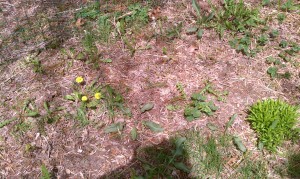
Right in that one little corner, alongside those strawberries, I see a nice dinner salad for two: dandelion leaves, curly dock, a little catnip. In front . . . now what is this?
Hmmm .. . some more dandelions and . . . ooohhh . . . violets!
And dandelion fritters with those flowers. The recipe? So easy, it’s a crime and I’ve shamelessly stolen this from Linda:
A bunch of flowers (gathered on a sunny day. If you’re into bitter, leave the sepals–the green portion of the flower that cover the petals in the bud stage–intact.
An egg.
A cup of milk.
A cup of flour.
Mix the flour, egg and milk for batter. Add a little maple syrup or honey to the batter, if you want sweet.
Warm a skillet with coconut or safflower oil. Dip your flowers (washed) in the batter. Drop them into the skillet, flower side DOWN. Dip and drop. Once they’re browned, flip and brown the other side.
Remove. Drain oil.
EAT!!! Drizzle them with honey. Or confectioner’s sugar. If you want savory, forgo the maple syrup to the batter and serve with a dipping sauce (tamari, mustard). Or add savory herbs to the batter.
So, guys: You do realize that people have always known about some of these plants, yes? During the Depression, people came to depend on these wild edibles, which were abundant and free. One woman mentioned that her mother once said if she saw another water marigold on her dinner plate, she’d probably throw it across the room.
But here is what gives you a great feeling. Being competent and confident. Knowing that these are foods already here for the taking. (Well, within reason: if you DO happen on a patch of something you know, Linda suggests the 20% rule–which is about the amount you can take at any one time and be sure of coming back later on for more. Which makes sense. There’s no need to decimate a food source. Take what you need for that day and move on. Well, other than the invasives–take your fill and come back the very next day and keep on going.)
Oh, and I brought home a few little guys to plant in the woods fringing our yard. Right now, I’m babying them–hoping they’ll perk up and survive. We’ll see. Here they are: five wild leeks and two wild gingers, communing with their wild neighbors (mayapples and another (poisonous) plant that I KNOW I know but which eludes me right now . . . where’s my key?).
If you’re inspired to learn about this yourself, do so. Some plants you’ll already spot and very easily–dandelion wine, anyone?–but I urge you to find someone in your area who knows what he or she is doing. You really, really don’t want to pick what you think is wild spinach only to discover that you’ve just served yourself and your family wild hemlock (a deadly lookalike). So, spend the time to learn the same way you would any other skill and do it live, not Memorex. Books are good; don’t get me wrong. But pictures are not the same as seeing a plant up close and personal and the best guide can’t teach you what a plant looks like in all its various stages. In fact, if you don’t go out with a real-live human being, you will become easily frustrated and overwhelmed because there are a LOT of plants out there.
Having said that, though, there are several fabulous books out there and botany is a science; you got to learn some basics just to point you in the right direction. My personal go-tos are (although why I couldn’t get my computer to cooperate and give me that nice orange color for ALL these books, I’ll never know . . .):
Thomas J. Elpel: Botany in a Day: The Patterns Method of Plant Identification (Hops Press; 2004). Will you really learn all of a botany in a day? No, of course not, but you really could plow through this book and learn some very important lessons in plant identification–because plants, like people, belong to various families, and the families will help you begin to understand what plants are okay and which are not. Botany is a science; keying out plants is . . . well, key. The book isn’t practical for a leisurely walk because it’s simply too big and cumbersome for use on the trail. But the book concentrates on very common plants, meaning that you can walk outside and around your yard and start your education that way.
John Kallas; Edible Wild Plants: Wild Foods from Dirt to Plate (Gibbs Smith Books, 2010). Brand spankin’ new as of last year, Kallas’s book offers not only plant identification but nice recipes because, honestly, you’ll get sick of only salad 😉 and not all wild greens can be eaten and enjoyed raw. Now, Kallas doesn’t do TONS of plants, but this isn’t a race. You won’t be getting a grade at the end of your foraging day. The idea is to become familiar with what’s in your area and how to safely harvest and use it. Kallas’s book is very good in that department and he includes poisonous lookalikes, too. The book is also just a little larger than Peterson’s, but I don’t find that much of a problem. Peterson’s guide is good for identifying plants once you understand botany basics. Kallas’s is nice in terms of giving you a mission: finding the right habitat and the edible plants in that habitat. In addition, he divides plants into flavor basics. So, if you want something pungent, you look for this kind of plant; you want something sour, you go find another. Nice little book.
Lee Ann and Roger Tory Peterson; A Field Guide to Edible Wild Plants: Eastern and Central North America (Houghton, Mifflin, Harcourt; 1999). This is a very practical little guide for the trail, just the right size. On the other hand, because they cram in so much information (including stuff on poisonous lookalikes), the material’s not always presented in a easy to follow fashion and some plants are given short shrift. Still, very handy.
Samuel Thayer; Nature’s Garden: A Guide to Identifying, Preparing and Harvesting Edible Wild Plants (Forager’s Harvest Press; 2010) Along with Elpel, I think of Thayer as kind of the god of foraging. His first book, The Forager’s Harvest, is a classic field guide (right up there with Euell Gibbons’s, Stalking the Wild Asparagus). This book is, IMHO, much better: chockfull of in-depth information on about 40 edible plants as well as personal stories of how Thayer became acquainted with the plants to begin with. His writing is very accessible; the photos are, I think, even better than Kallas’s (which are already very good); and what I really loved were his thoughts on living off the land, one’s relationship with wild plants and the like. In the first part of the book, he provides a fabulously thought-out section on poison plant myths which includes a discussion of the by-now very infamous/famous story of Chris McCandless and his ill-fated hike into the wild. Check out what Thayer has to say about this, if you don’t believe me.
And if you live in the city and just can’t fathom finding wild edibles? Guess again. Sam Thayer and John Kallas are featured in a great story about urban foraging that aired on NPR just this past week.
Mark Twain once wrote that golf was a good walk ruined. (I have to agree with that.) But foraging for wild edibles?
That is a good walk made better.
